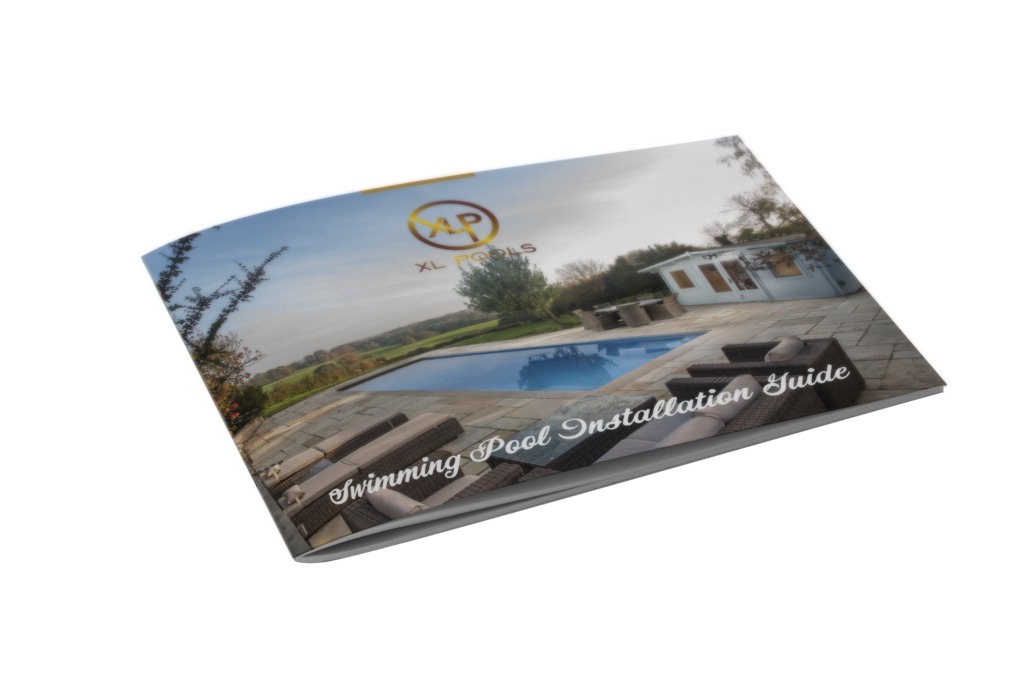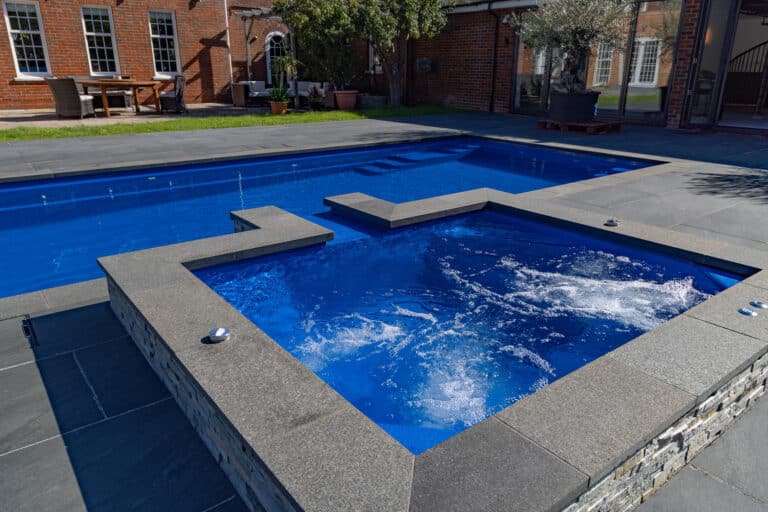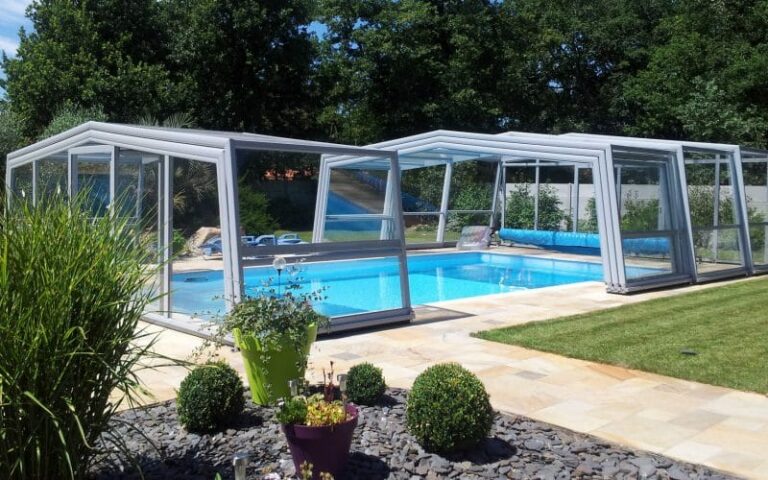Outdoor swimming pool owners will be well aware of how exposed an outdoor pool is to the elements. It’s subjected to rain, snow and hail, as well as enjoying glorious sunshine, of course! Swimming in an outdoor pool is typically a seasonal activity: it’s just not tempting to dive in when it’s freezing outside! An important part of outdoor swimming pool maintenance is the annual closing and opening of the pool.
Closing Down An Outdoor Pool
Also known as winterising, the seasonal closing of the pool prepares it for the colder months of the year, creating as sterile an environment as possible to minimise the formation of algae and to prevent cold weather damage.
Firstly, make sure that you’re closing your pool at the right time. Many people make the mistake of closing too early, but you can even leave it as late as October – the pool water should be consistently below 65 degrees to effectively minimise bacteria growth. Conduct a visual inspection before you begin and repair any damage to avoid it becoming worse over the winter, and to make your opening experience more pleasant! In order to winterise your pool, you’ll firstly need to thoroughly clean the filter and remove any debris from the water surface and the skimmers. Check and adjust the pH level of the water if necessary, and chlorine shock the pool. Once the chlorine levels have returned to normal after shocking you should then add a winter algaecide and let it circulate fully.
Clean the pool thoroughly and lower the water to the recommended level: do not drain the pool completely! The level may vary depending on the type of pool and cover you have, so consult your manufacturer or installer if you’re not sure. Disconnect your pump, heater and swimming pool filtration unit, and isolate your electricity supply. You may wish to add antifreeze to your pool’s external plumbing if you’re expecting a particularly harsh winter. Ensure that the swimming pool is covered with a secure pool cover with tightly sealed edges, so that debris is prevented from entering the pool, and also for the safety of animals or children.
During the course of the winter when the pool is not in use, you should still periodically check the balance of the water, and also ensure that the cover is not under strain from standing water or snow.
Opening A Pool For The Swimming Season
When you’re ready to begin using your pool again in the spring, you’ll need to open it, or commission it in order to make it safe and pleasant to swim in. Firstly remove and store your winter pool cover, being careful that any leaves, algae or other debris that may have collected on top of it is cleaned away first. Skim the pool water as much as possible, so that all visible debris is removed. Check that all your equipment is working as expected, and that there is no damage to the body of the pool itself, and reconnect the pump, filter and heater. Top up the water to the correct level, and thoroughly clean and vacuum the whole pool, floor and sides. Ideally you should use an automatic pool cleaner to do this to get the best results.
Once you’ve vacuumed the pool, keep your filter running for several hours to ensure the water is as clean as possible. Check and adjust the pH level if necessary, before chlorine shocking the pool to get rid of any lingering bacteria. Wait until the chlorine level returns to normal before swimming. You could use this time to tidy up the area around the pool, pruning foliage, washing your swimming pool surround or decking, and generally making the area look attractive and cared-for.
If all this sounds like a lot of work, employ a pool maintenance company to open or close your pool for you. It’s a vital task to get right to ensure the safety and longevity of your pool, so if you’re at all unsure, always ask an expert for advice.







